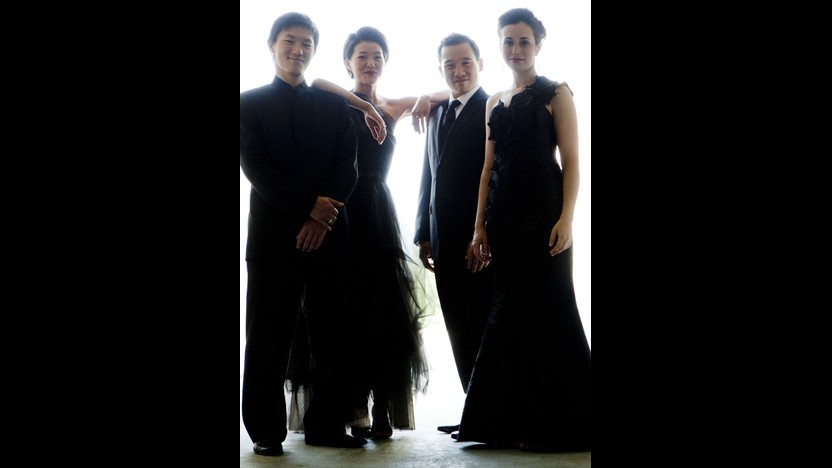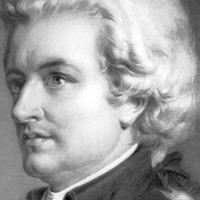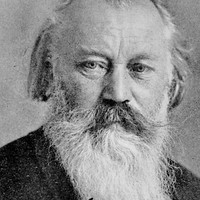Recollection: Clarinet Quintets of Mozart and Brahms




In 1890, and again in 1894, Brahms announced his retirement from composition. Both times, he returned to create more music for one particular performer, clarinetist Richard Mühlfeld, from the court orchestra in Meiningen, Germany. The conductor Fritz Steinbach wisely arranged for Mühlfeld to play privately for Brahms in 1891; breaking a year’s compositional silence, Brahms responded with a Clarinet Trio (Opus 114) and a Clarinet Quintet (Opus 115), both composed during his summer holiday in an Austrian spa town. Mühlfeld premiered both works that winter, joined by the string quartet led by Brahms’ longtime friend Joseph Joachim.
Brahms’ model for the Clarinet Quintet was a work that Mozart composed for the same ensemble of clarinet, two violins, viola and cello in 1789. (As with Brahms, Mozart’s inspiration was personal: he wrote the quintet and a later concerto for his close friend Anton Stadler.) Perhaps it is just coincidence that Mozart and Brahms both embraced the clarinet in what proved to be their final years, but the combined impact of their labors—especially the matching quintets—tend to conjure adjectives like “wistful” and “nostalgic” and especially “autumnal,” as if the music foretells, with peace and resignation, the nearness of death.
There is indeed a bittersweet quality to the Allegro movement that begins the Brahms Clarinet Quintet, much of it generated by the continual pull of the listener’s expectations between major and minor tonalities. The movement begins with sweetness, as the violins twine together in thirds; at this point, the ear perceives the key as D major. Almost a minute passes before the harmony lands with any real force on the actual home key of B minor, and soon enough it leaves again for D major, the setting of the secondary theme. Those two keys are flip sides of the same coin, sharing all the same scale tones, and the movement continually flips that coin such that we bounce from the hopefulness of the major key to the heaviness of the minor.
The slow movement again treads a delicate emotional line between joy and sadness. Partly the effect here comes from the tone color, with the strings muted, but the real pull at the heartstrings is the result of a musical technique known as modal mixture. In this movement the home key is B major, but some of the tones used are actually native to B minor. Each time those darker notes enter, starting with the very first measures, they create little pangs of disturbance. At the center of the movement, a contrasting passage sinks fully into B minor for music tinged with Gypsy flair.
Instead of a boisterous scherzo, the Clarinet Quintet clears the air with a smooth Andantino third movement. The work’s recurring conflict appears here as well, with a mischievous interlude in B minor dominating the latter half of the movement until the initial D-major music returns for one last phrase.
The finale takes shape as a theme and variations, elaborating a folk-like melody in B minor. Continuing the work’s ongoing pattern, one of the variations shifts to the major key, but ultimately the quintet is destined for a minor-key resolution.
— © Aaron Grad
Aaron Grad ©2016
In light of the ongoing contract negotiations at the SPCO, the Parker Quartet has decided to present their All Hearts Listen concert series independent of the SPCO this season. Ticketing and details for upcoming concerts will be handled by the Parker Quartet. For this reason, the SPCO will provide refunds for all ticket holders to the All Hearts Listen series.
For questions about ticket refunds, feel free to contact the SPCO ticket office at 651.291.1144. For questions related to future Parker Quartet performances, please contact the Parker Quartet at info@parkerquartet.com.
Get driving directions and find nearby parking.
Find dining options close to the venue.
View seating charts to find out where you'll be seating.
Get driving directions and find nearby parking.
Find dining options close to the venue.
View seating charts to find out where you'll be seating.
